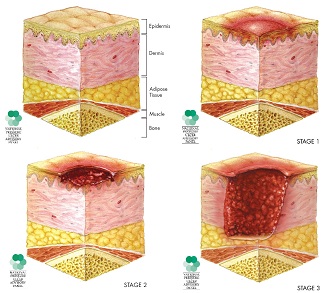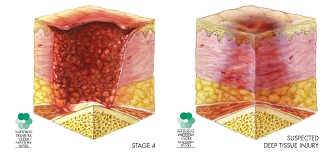Evaluation of Dynamic Seat Cushion
Student: Mahender Mandala
Investigators: Ken Fischer, PhD; Ken Lassman, OT.
From the time healthcare was provided, pressure ulcers have been a major source of displeasure to the physicians and an additional source of discomfort to the patient. Largely affecting the geriatric, paraplegic and other non-ambulatory populations, pressure uclers until recently remained grossly neglected and poorly researched.
Pressure ulcers largely develop in the sitting position and hence is predominant in the wheelchair bound population with as much as half of the wheelchair bound population in the United States developing serious instances of pressure ulcer owing to prolonged unrelieved pressure.
Most of these wheelchair bound have difficulty relieving pressure at the seat interface, either due to lack of upper body strength to move about the seat, or as they suffer from lack of sensation which prevents detection of pain, which arises due to unrelieved pressure. Dynamic seat cushions circumvent this situation by changing the pressure characteristics at alternating points on the seat cushion interface. Shape of the cushion is controlled by air-cells which inflate and deflate in a fixed cycle, called cycle-time. These air-cells can also vary in size.
Though dynamic cushions in theory can mimic a patient shifting weight and should help in lowering the risk of pressure sores, practically there is not much data available to support it. Most of the previous studies could not find a significant improvement from using a good pasive cushion, and much of the collected data is quite obfuscated.
The present study tries to determine the efficacy in relieving pressure of these dynamic seat cushions, including the influence of cycle time and area of each cell, compared to commercially available static seat cushions. We hope to find out if Dynamic Cushion is indeed the best way to go ahead,and if so, what are the parameters that affect their performance.
Pressure 2D Map of subject sitting on dynamic cushion. Red: High Pressure. Black: Low Pressure


Different stages of pressure sores as defined by the NPUAP (www.npuap.org)

Close up of a RoHo Quadtro Cushion showing the air cells. A modified version of this passive cushion is being developed to run as a dynamic cushion.
